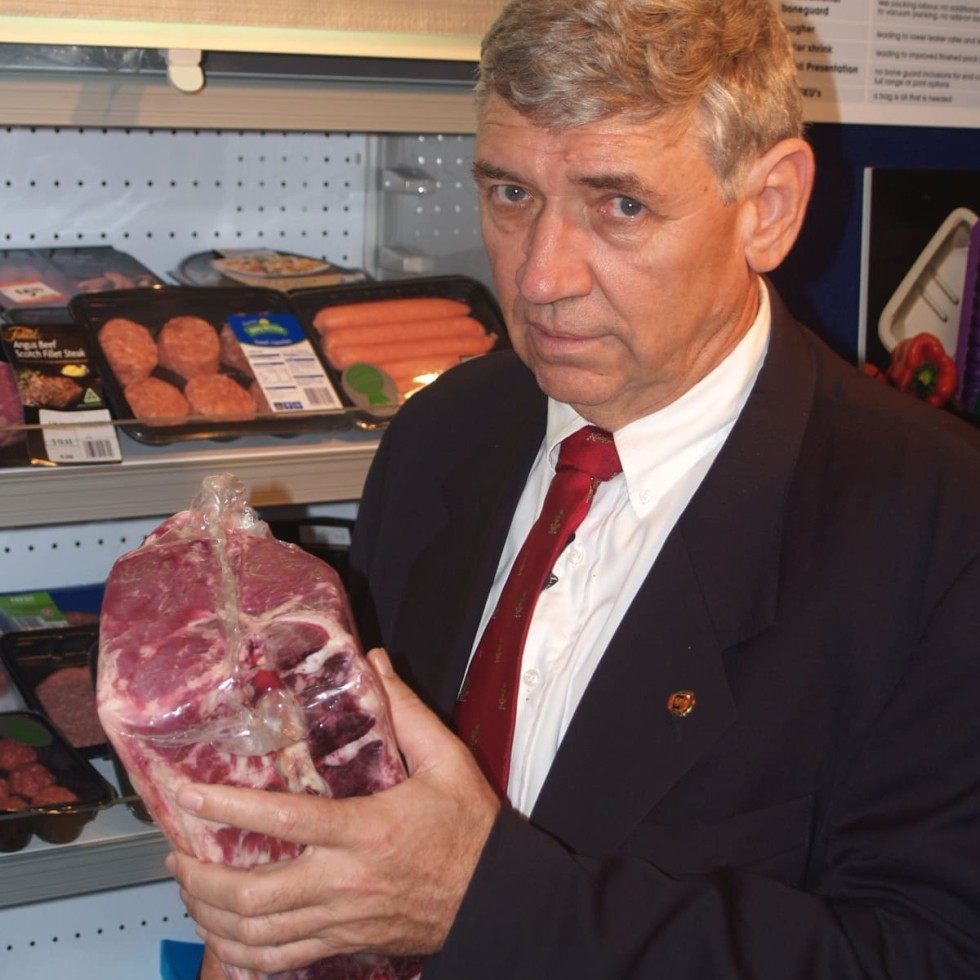With drought still affecting significant areas of rural Australia SAFEMEAT is urging livestock producers to seek information on the chemical residue status of fodder, grains and by-products fed to livestock.
SAFEMEAT chairman Ross Keane, warned that some supplementary feeds, including some by-products not normally used in drought feeding, particularly throughout Queensland and northern NSW, may have been treated with agricultural chemicals which could lead to residues being accumulated in livestock exposed to those feeds.
 “It is important that producers collect information about chemical treatments used on stock feeds as these could present a residue risk for livestock and meat products," said Mr Keane.
“It is important that producers collect information about chemical treatments used on stock feeds as these could present a residue risk for livestock and meat products," said Mr Keane.
"If not managed, residues could lead to significant financial losses to producers and processors through the loss of export markets."
He advised producers that a Commodity Vendor Declaration (CVD) should be requested from the seller when purchasing fodder that was specifically grown for livestock consumption.
If fodder was not originally grown for livestock consumption, such as vegetable waste, producers should request a By-product Vendor Declaration (BVD).
Both documents provide details on the chemical residue status of the feed.
Most purchasers of slaughter livestock also require a completed Livestock Production Assurance National Vendor Declaration (LPA NVD), which requires producers to know the history of feedstuffs fed to stock.
This becomes crucial during drought conditions.
SAFEMEAT has developed chemical residue risk assessments for selected feeds which are available online.
Producers should also check the Australian Pesticides and Veterinary Medicines Authority website for updates on label directions, including export slaughter intervals and withholding periods.
The CVD and BVD are available online through Meat & Livestock Australia or through LPA for accredited producers.
SAFEMEAT is the industry/government partnership established to oversee and promote sound management systems to deliver safe and hygienic product to the market place.
Source: SAFEMEAT. Further information on residue risks in livestock feed is available from agronomists, State and Territory agricultural departments, SAFEMEAT and the LPA website.



HAVE YOUR SAY